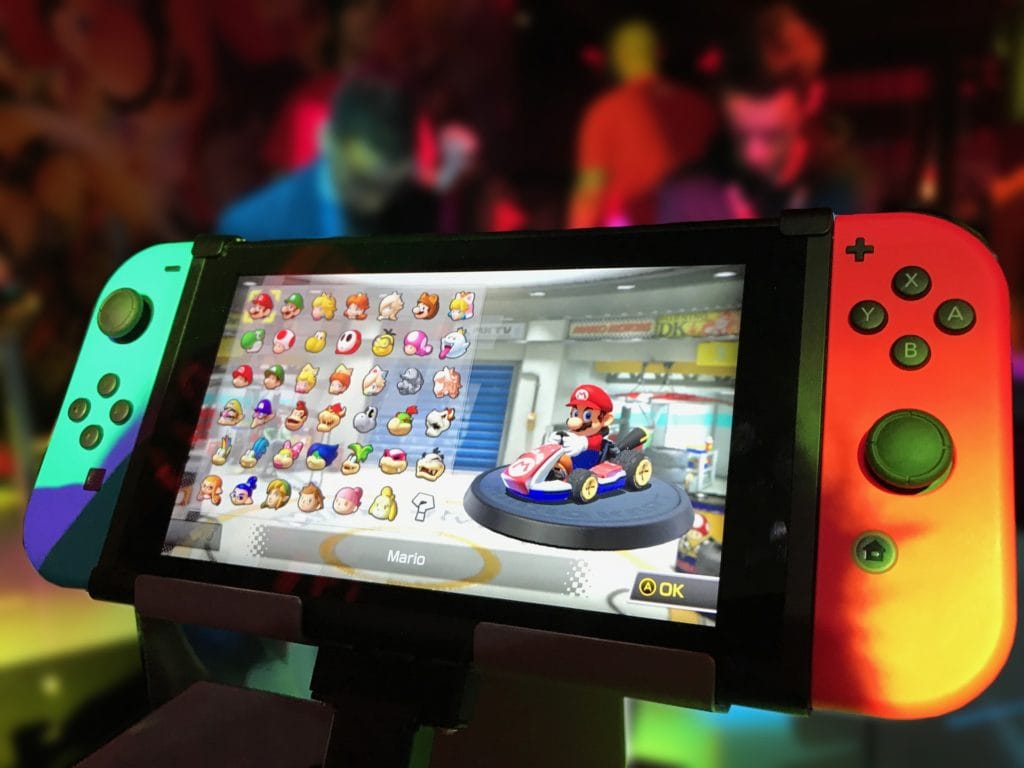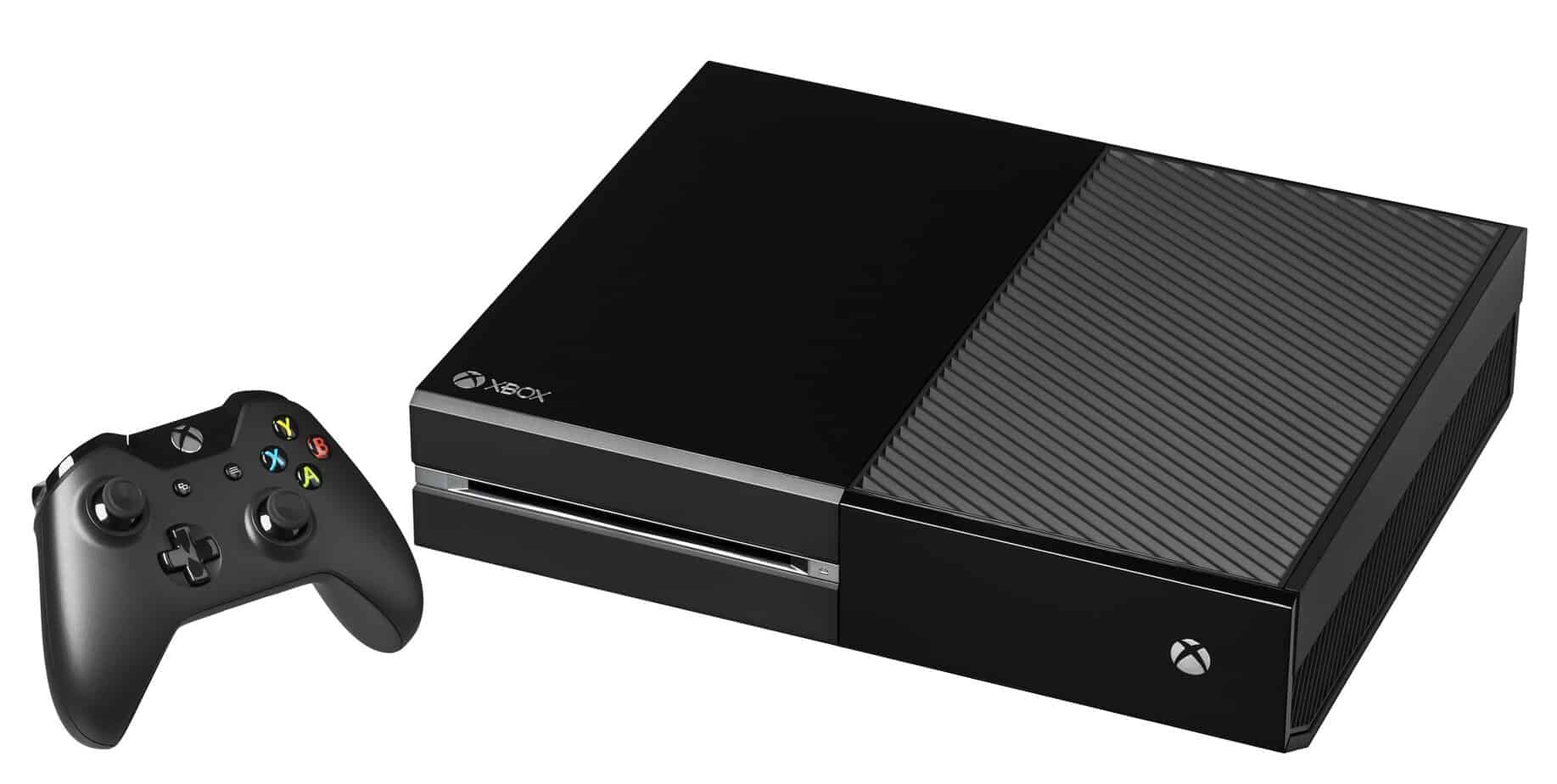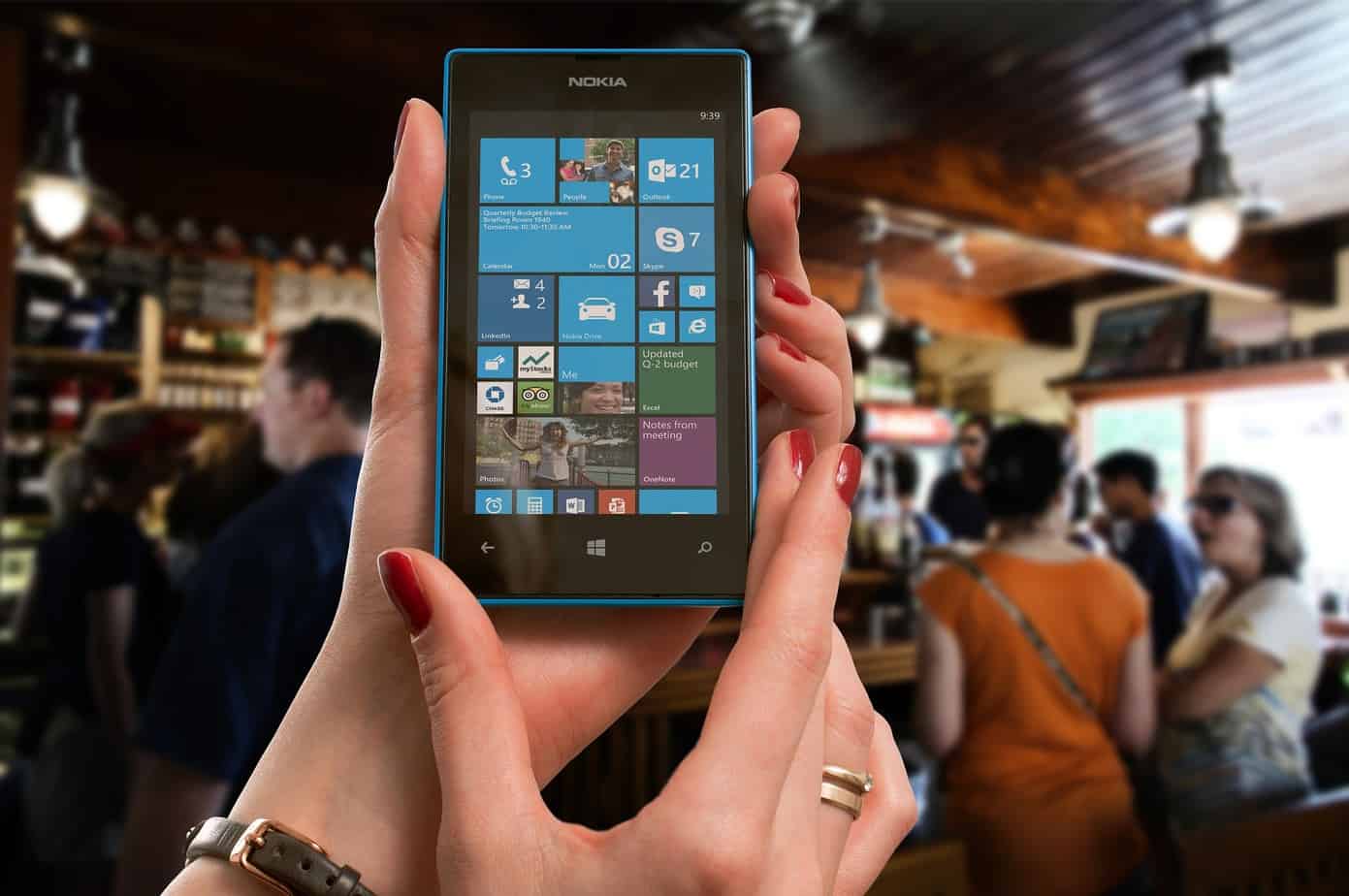Mobile phones and tablets are increasingly becoming fertile ground for high-brow gaming experiences. Advances in mobile graphics are creating the opportunity for mobile gaming to advance beyond 2D images, puzzles, and trivia. Now, phone users can play racing games, Multiplayer Online Battle Arenas (MOBAs), and Massively Multiplayer Online (MMO) games. How are mobile game developers taking advantage of advances in the graphics capabilities of mobile devices?
One of the challenges that is common among developers is that most mobile game development is done on desktops and laptops. This often presents difficulties in testing the game on mobile devices that don't have the same graphics capabilities. However, advances in this space have created a new class of games known as “high fidelity.”

What are high fidelity games?
According to Android Authority, high fidelity games are those that come with advanced 3D graphics, high vertex counts, sophisticated gameplay, high levels of GPU (Graphics Processing Unit) demand, and often AI controlled characters. More high fidelity games are rapidly becoming available for both Android and iOS. You can play the Final Fantasy 15 mobile game, Shadowgun Legends, or Lineage II: Revolution to experience high fidelity game play on an up-to-date mobile device.
It's likely that high fidelity games will take over the gaming space very soon. Already in China, over 130 of the top 200 Android games qualify as high fidelity. The rest of the world lags behind. In Europe, only 60 of the top 200 Android games are high fidelity, and, in North America, that number is only 45.
How do high fidelity games affect phones and tablets?
One of the crucial questions when dealing with mobile gaming is: how do games affect battery life and processing power? Thankfully, many Android devices now include SoCs (System-on-a-Chip) which are designed to handle apps that require higher processing power such as games and virtual reality experiences. These systems are becoming available on a large number of devices giving gamers more opportunities in which devices they choose to buy. Specific SoCs are designed to alleviate the strain on the battery while not sacrificing the quality of the graphics.
What does the future of mobile gaming look like?
At a recent event, Samsung and Epic Games unveiled what mobile games will look like in the future. The companies showcased ProtoStar, “a real-time 3D 'experience' built using the Unreal Engine 4.” The API, the first of its kind, provide more dynamic onscreen visualization as well as faster performance – both key improvements for the mobile gaming space. With this system, textures are highly-realized, lighting and shading is more realistic, and high-quality depth of field is implemented. What's more practical for gamers is the water-cooling system that keeps the phone or device processor from running hot, a no-alerts setting allowing for uninterrupted gameplay, and the ability to record and broadcast gameplay footage. These features are currently available in the Galaxy S7 and are likely to be adopted and mimicked by up-and-coming devices.
With yearly global mobile gaming revenues pushing $50 billion, there is a lot riding on these developments. How would you like to see the mobile gaming experience improved?








